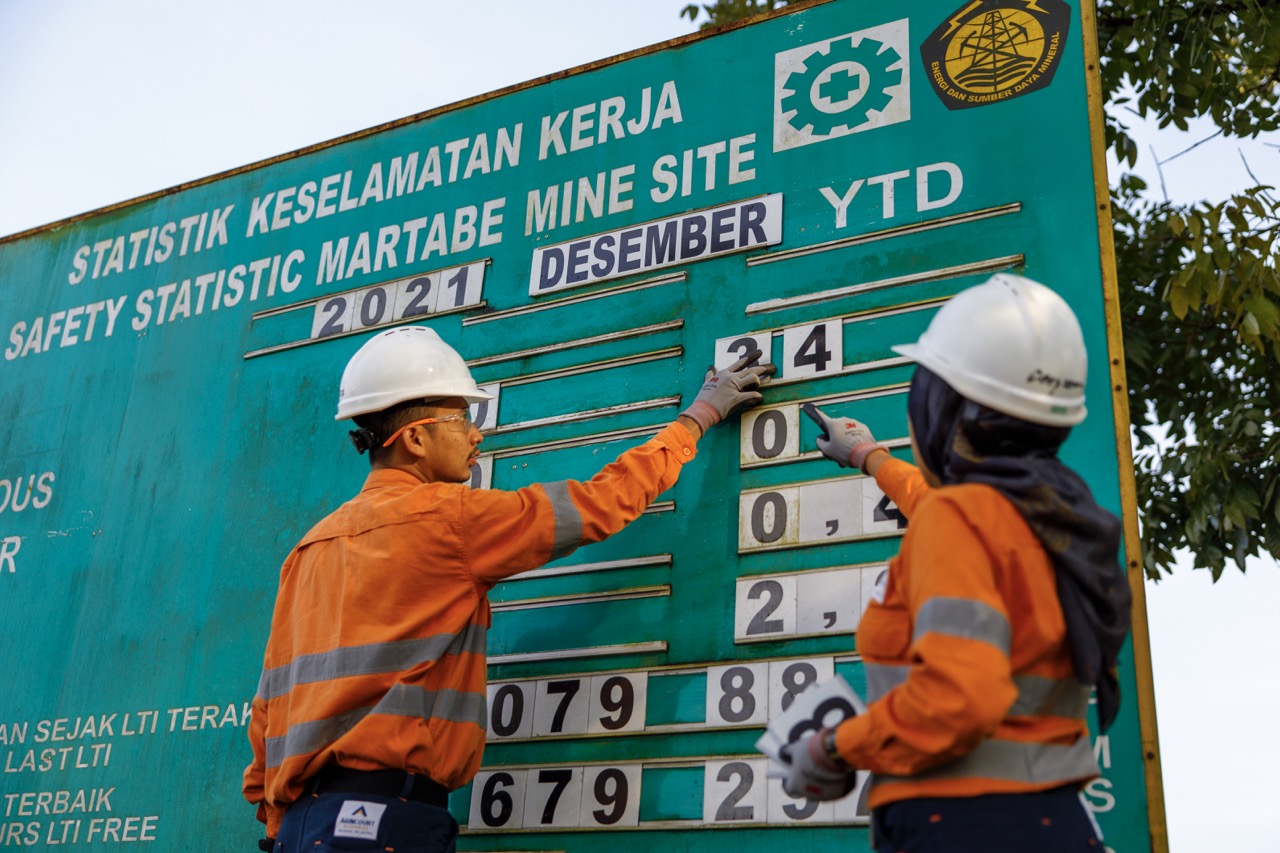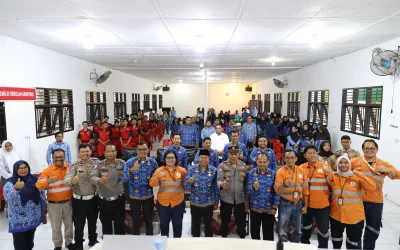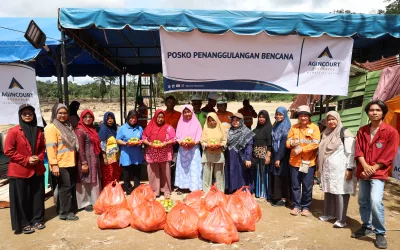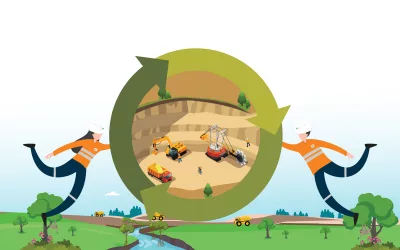Working in mining is a risky business. Mining accidents happen because of equipment malfunctions, explosives, falls, slips, toxic gas leakages, and flooding. Hazards in mines won’t disappear, but we can minimize the risk by being alert to all potential accidents.
Here are 8 tips on how to avoid mining accidents that you can implement:
- Don’t Ignore the Danger
The first step toward keeping yourself safe is to be cognizant of all the potential dangers in the mining area. Accept that the mining industry is inherently filled with danger and stay alert every moment on the job. Watch out for your colleagues’ activities as well and never let your guard down. Accidents with major impact can occur in a moment of carelessness.
- Create Planning and Communicate Regularly
When planning tasks, put extra time to think about safety requirements, don’t think only of achieving the targets as efficiently as possible. Never compromise the safety of your employees. All risks should be assessed, including the possibility of accidents. Try to eliminate risks as much as possible and educate the workers on how to mitigate it and how to deal with the danger should it arise. In addition, ask workers to always communicate if they encounter situations that are not normal.
- Get Professional Training
All team members should undergo regular safety training. This should not just apply to new team members. Even long-standing employees should be made to attend refresher courses regularly. Safety training sessions that contain theory and practical components can be very helpful for workers to understand and remember the safety procedures to be implemented when a risk arises.
- Always Wear Personal Protective Equipment (PPE)
PPE can help protect workers from potential injuries, including those caused by falls, slips and trips. PPE can also reduce exposure to harmful substances, improve worker visibility, provide respiratory protection, and create a barrier between the skin and dangerous materials. PPE is an important part of any mining operation that should not be neglected.
- Supervise Your Team
All team members should follow safety instructions with no exceptions. A supervisor must also be diligent about following up and enforcing the rules. Supervisors also need to know the whereabouts of all team members throughout each shift. Likewise, all workers should be kept informed about what their fellow team members are doing throughout the day.
- Document Your Safety Procedures
When accidents happen, all team members should know exactly what to do. Safety procedures must be clearly defined. When documenting the safety procedures, describe the various incidents that might occur, what needs to be done and whom to contact. Though each worker has been educated, the safety procedures should be displayed prominently in work areas that can be easily accessed by team members.
- Follow the Latest Safety Standards
Make sure to meet all the latest requirements in work safety standards which are made to prevent and reduce work accidents; prevent, reduce and extinguish fires; prevent and reduce explosion hazards, provide evacuation routes during emergencies; practice Work Accident First Aid; optimize the use of the appropriate PPE; preventing and controlling the spread of temperature, humidity, dust, dirt, smoke, vapors, gasses, radiation, noise and vibration; preventing and controlling Occupational Diseases (PAK) and poisoning; ensuring sufficient and appropriate lighting; ensuring good air temperature and humidity; providing adequate ventilation; preventing dangerous electric shocks; and adjusting and improving the safety of work with an increased risk.
- Make Sure All The Equipment Works Properly
Ensure all work and safety equipment is serviced regularly and satisfied. Never try to save on safety equipment. If an item no longer works well, replace it, even if this means increasing expenses or delaying a project. Never allow staff to use improper equipment, even for a short period.







